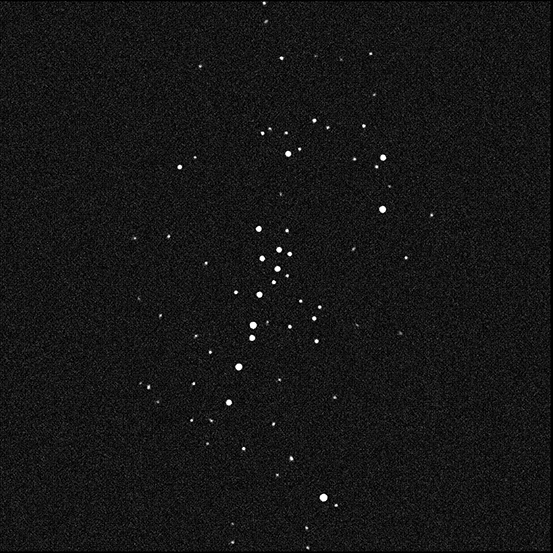News
New Catalog Showcases a Diverse Exoplanet Landscape with Strange, Exotic Worlds
A new, robust catalog is out featuring 126 confirmed and candidate exoplanets discovered with the National Aeronautics and Space Administration …
Earth Twin or Evil Twin
Maunakea, Hawaiʻi – The discovery of a planet similar in size to Venus that’s orbiting a star in the neighborhood …
Faintest Known Star System Orbiting the Milky Way Discovered from Hawaiʻi
Maunakea, Hawaiʻi – A team of astronomers led by the University of Victoria and Yale University has detected an ancient …
All News
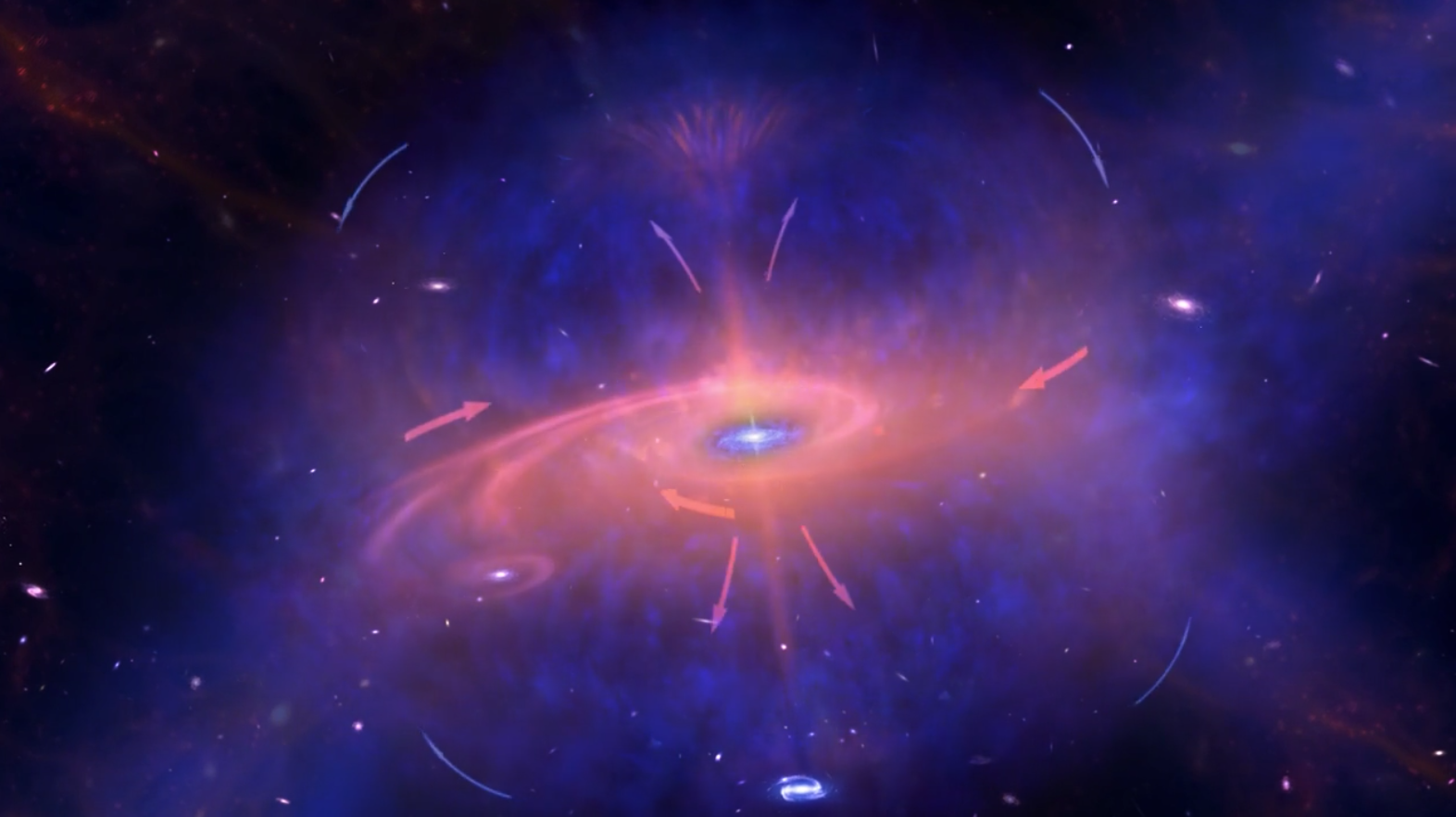
Astronomers Capture Direct Image of Ancient Galaxy Recycling Gas to Make New Stars
Maunakea, Hawaiʻi – Astronomers have found direct evidence showing ancient galaxies were able to sustain star formation by recycling gas …
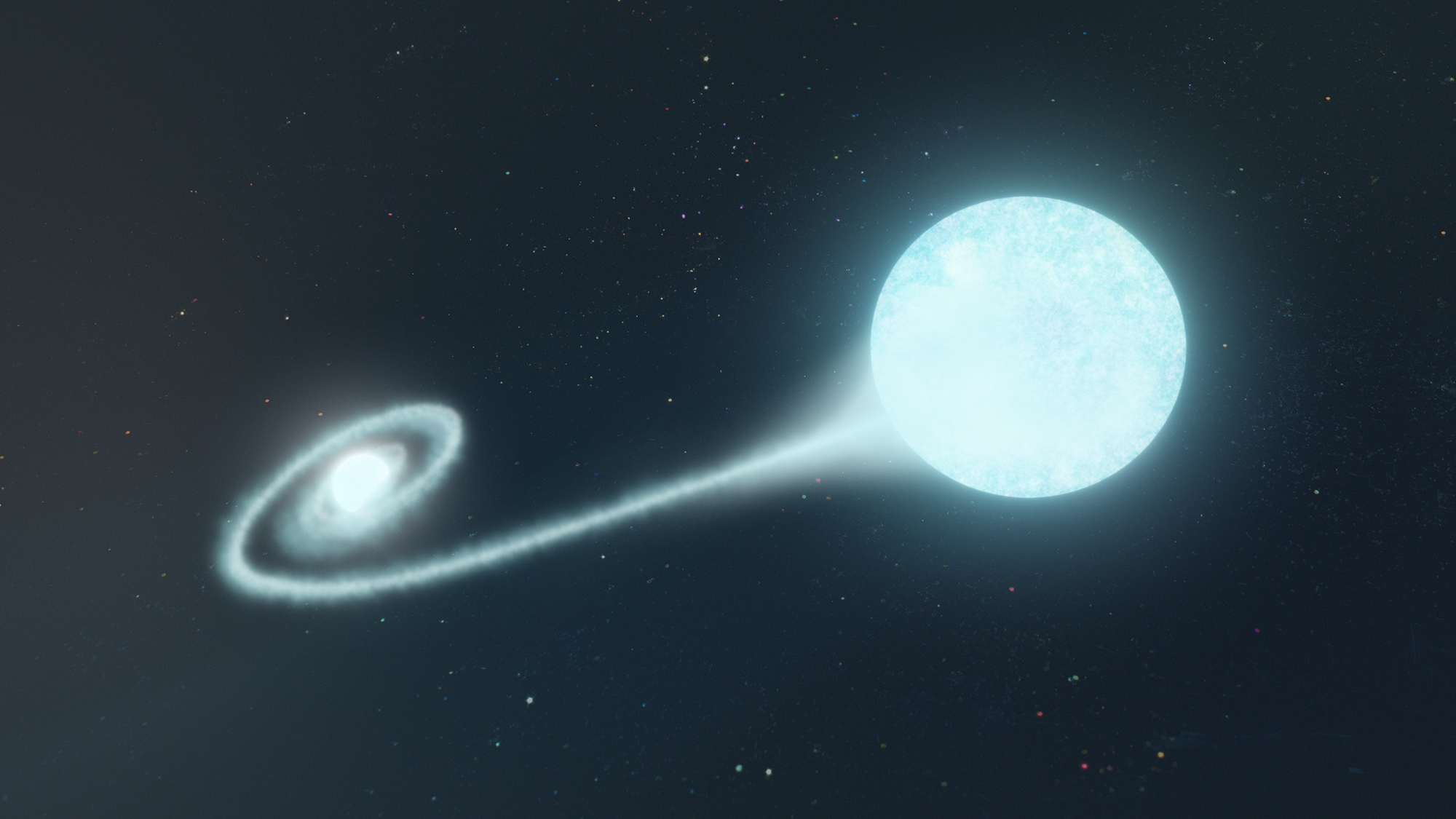
First Detection of Radio Waves from a Type Ia Supernova
Maunakea, Hawaiʻi – A team of astronomers led by Stockholm University has discovered an unusual Type Ia supernova – or …
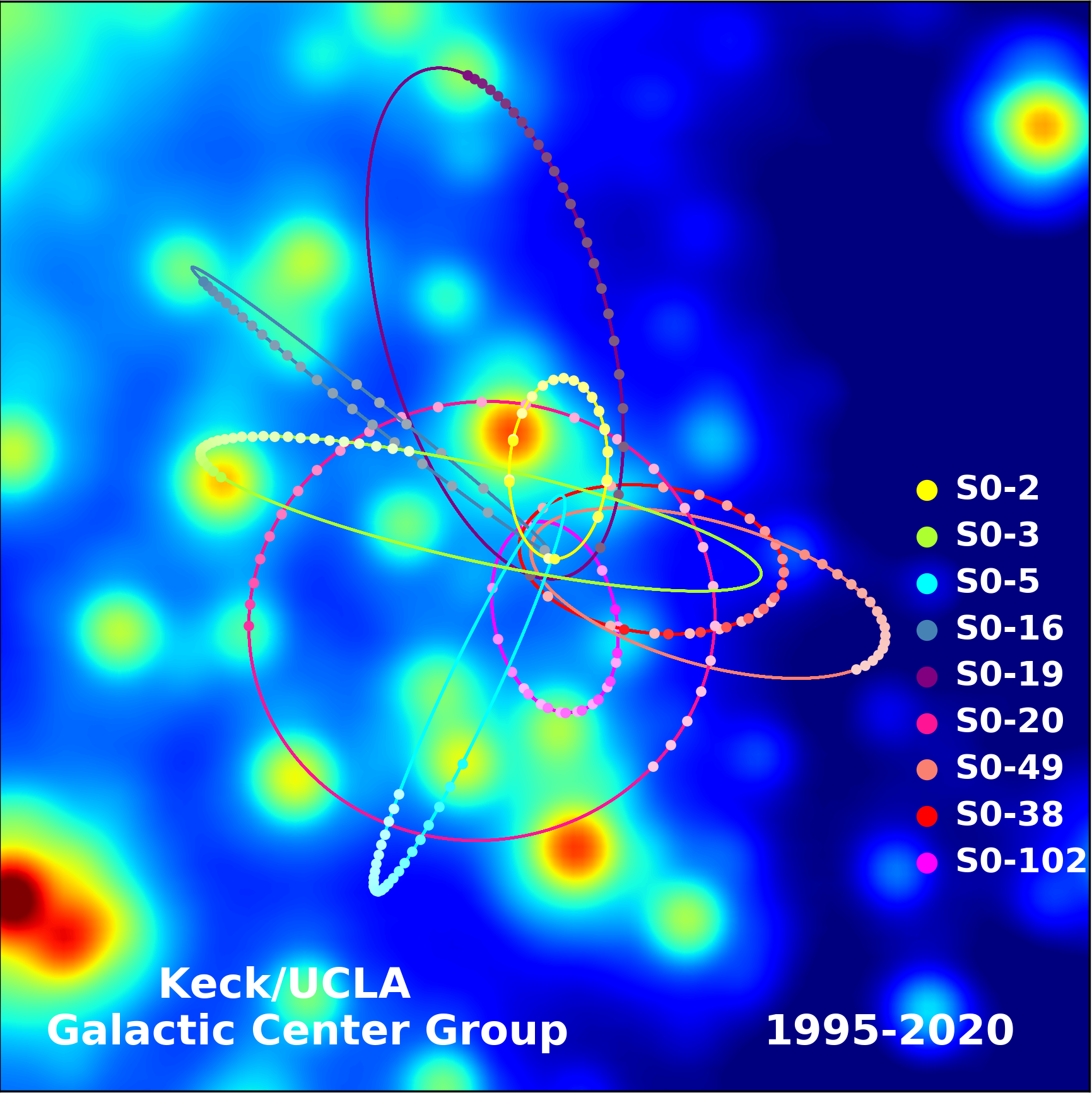
A Strange, Solitary Life for Young Stars at the Milky Way’s Center
Maunakea, Hawaiʻi – Stars living closest to the supermassive black hole at the center of the Milky Way have no …
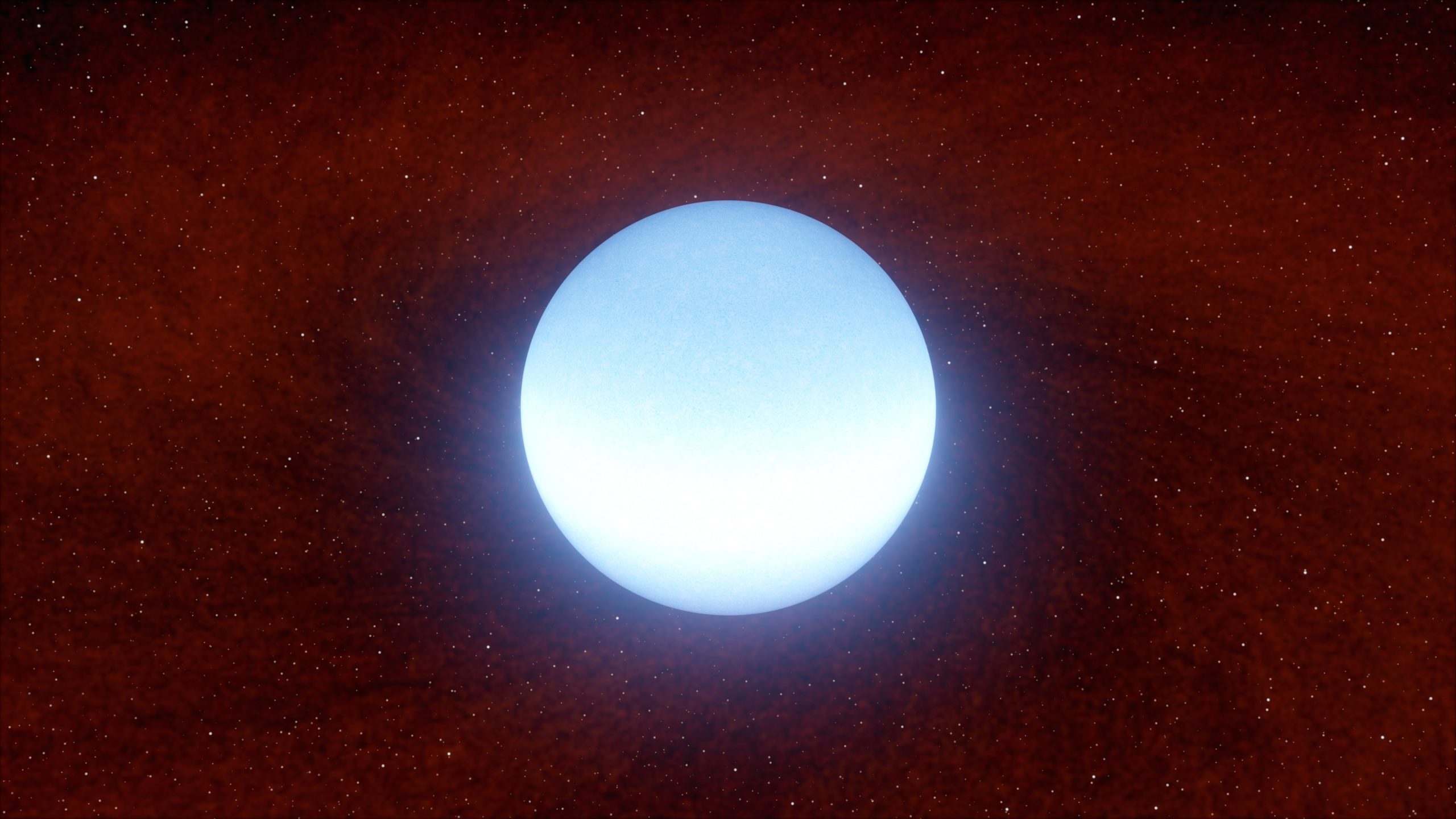
Star Eats Planet, Brightens Dramatically
Astronomers Spot First Direct Evidence of a Star Engulfing Its Planet Maunakea, Hawaiʻi – For the first time, astronomers have …

CARA Board Announces W. M. Keck Observatory Leadership Change
Director Hilton Lewis to Step Down Rich Matsuda to Serve as Interim Director UC’s Bruce Macintosh and Caltech’s Lynne Hillenbrand …
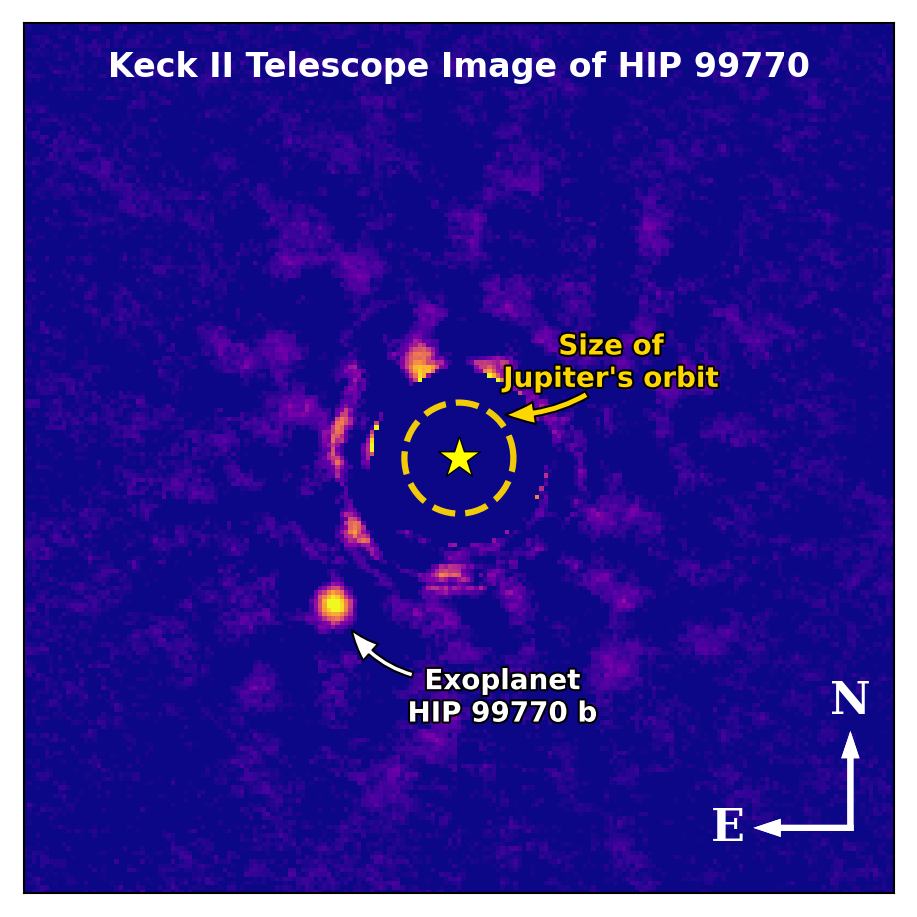
New Exoplanet-Hunting Technique Leads to Successful Direct Image of a Super-Jupiter
Maunakea, Hawaiʻi – Astronomers have developed a new method for finding exoplanets whose portraits can be taken from Earth using …
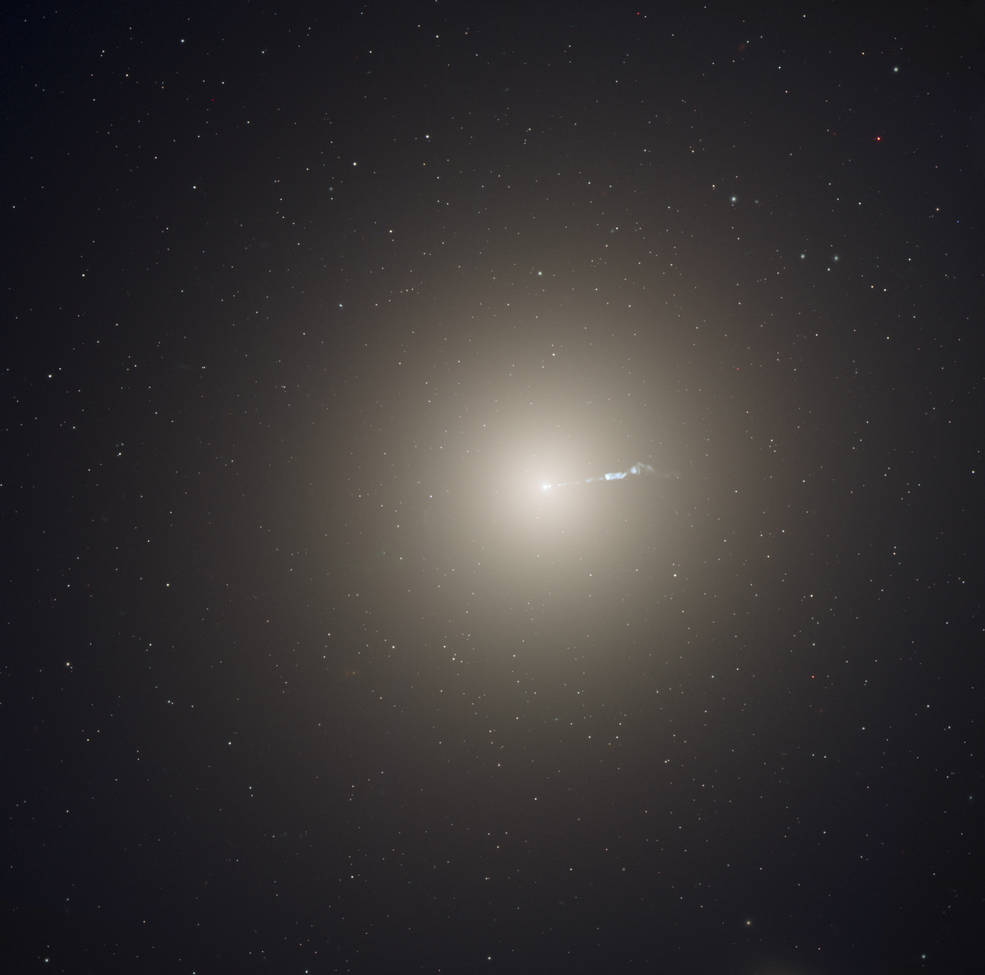
First Ever 3D Map of Messier 87 Galaxy Assembled
Maunakea, Hawaiʻi – A UC Berkeley-led team of astronomers has for the first time measured the three-dimensional shape of Messier …
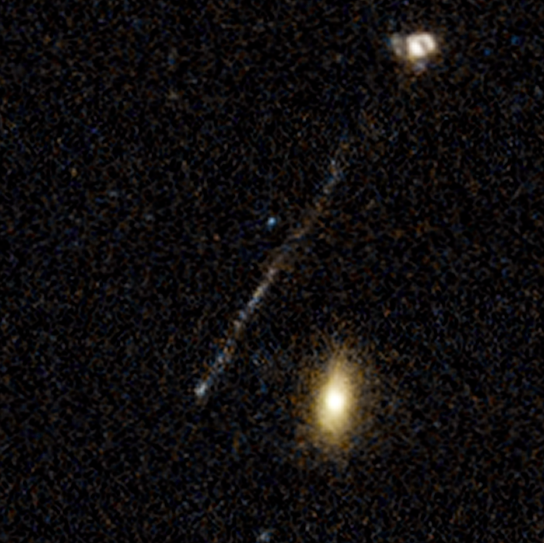
A Strange Streak of Young Stars is Evidence of a Runaway Supermassive Black Hole, Study Finds
Maunakea, Hawaiʻi – Astronomers have spotted a candidate supermassive black hole running away from its home galaxy, hurtling through space …
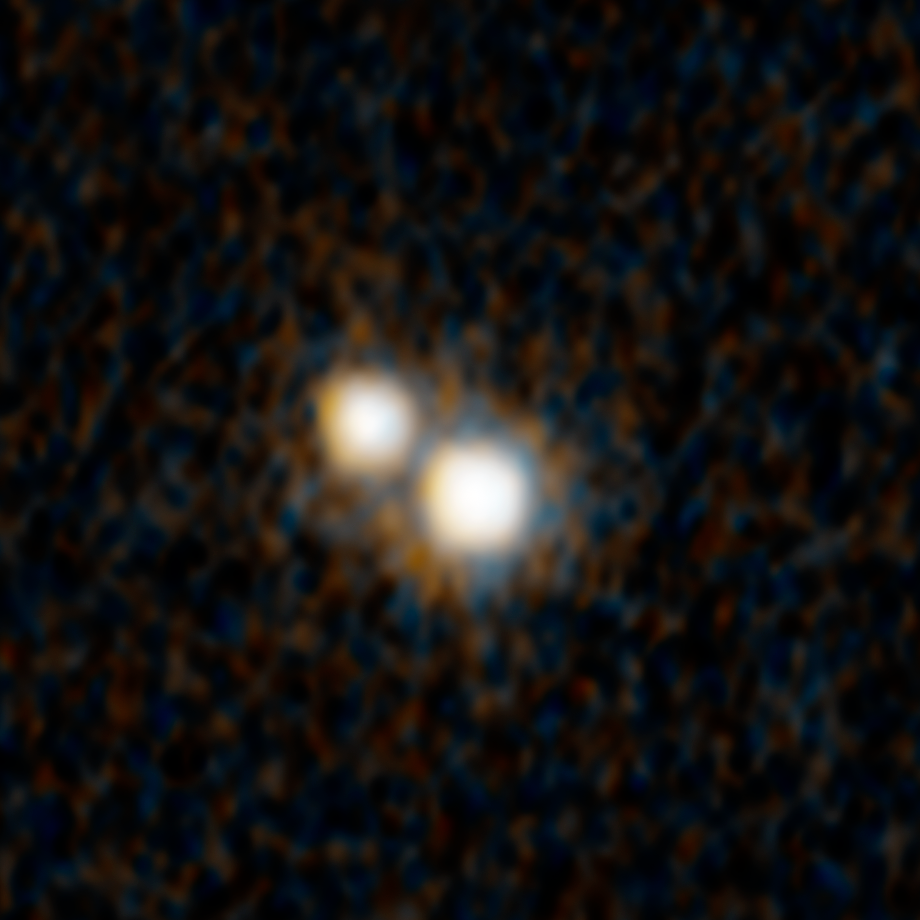
A Dual Quasar Shines Light on Two Supermassive Black Holes on a Collision Course Inside a Galaxy Merger
Maunakea, Hawaiʻi – Astronomers have made a rare discovery in the early universe involving two actively feeding supermassive black holes …
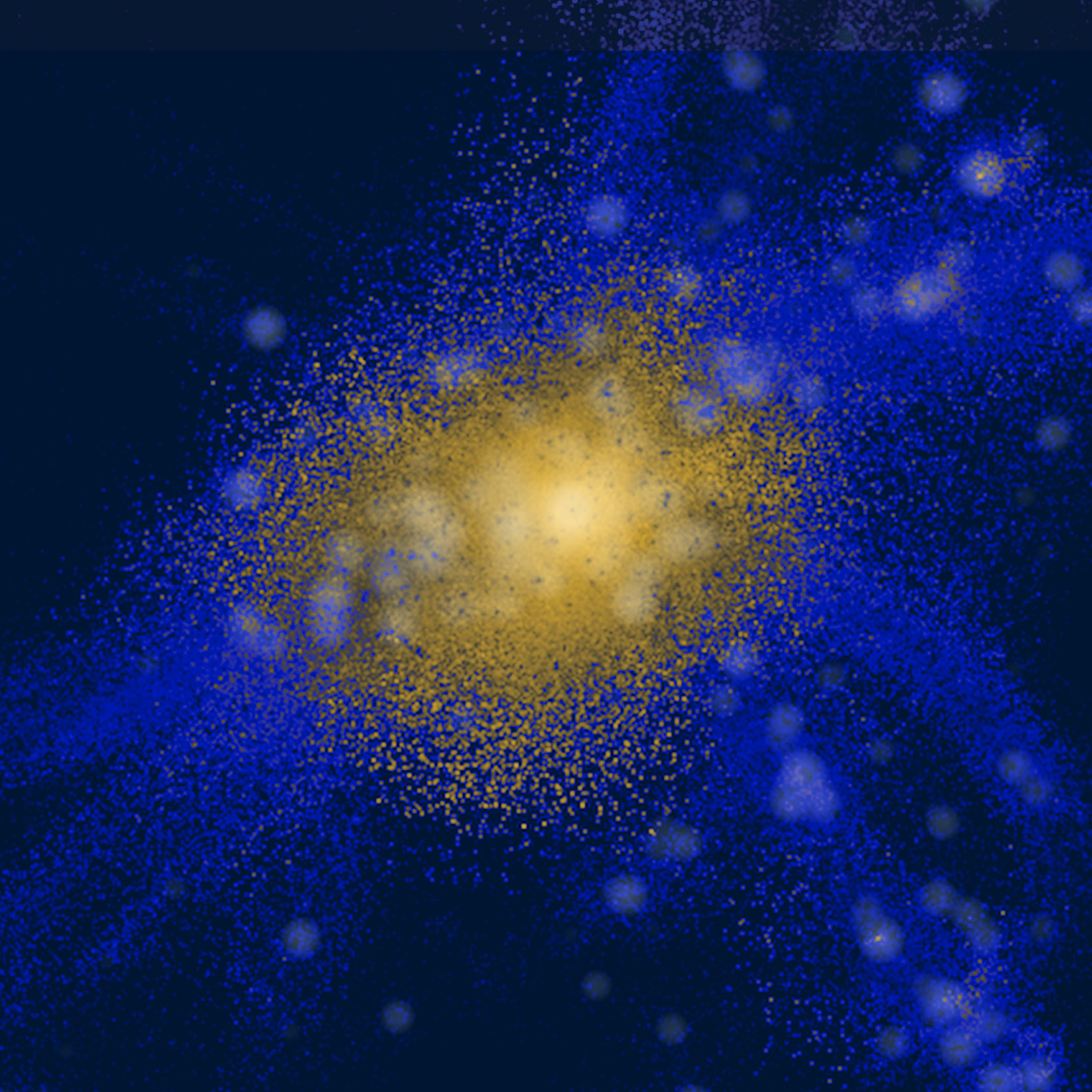
The First Bubble in the Intergalactic Stew
Maunakea, Hawaiʻi – Astrophysicists using W. M. Keck Observatory on Maunakea in Hawaiʻi have discovered a galaxy protocluster in the …

Ultracool Dwarf Binary Stars Break Records
Maunakea, Hawaiʻi – Northwestern University and the University of California San Diego (UC San Diego) astrophysicists using W. M. Keck …
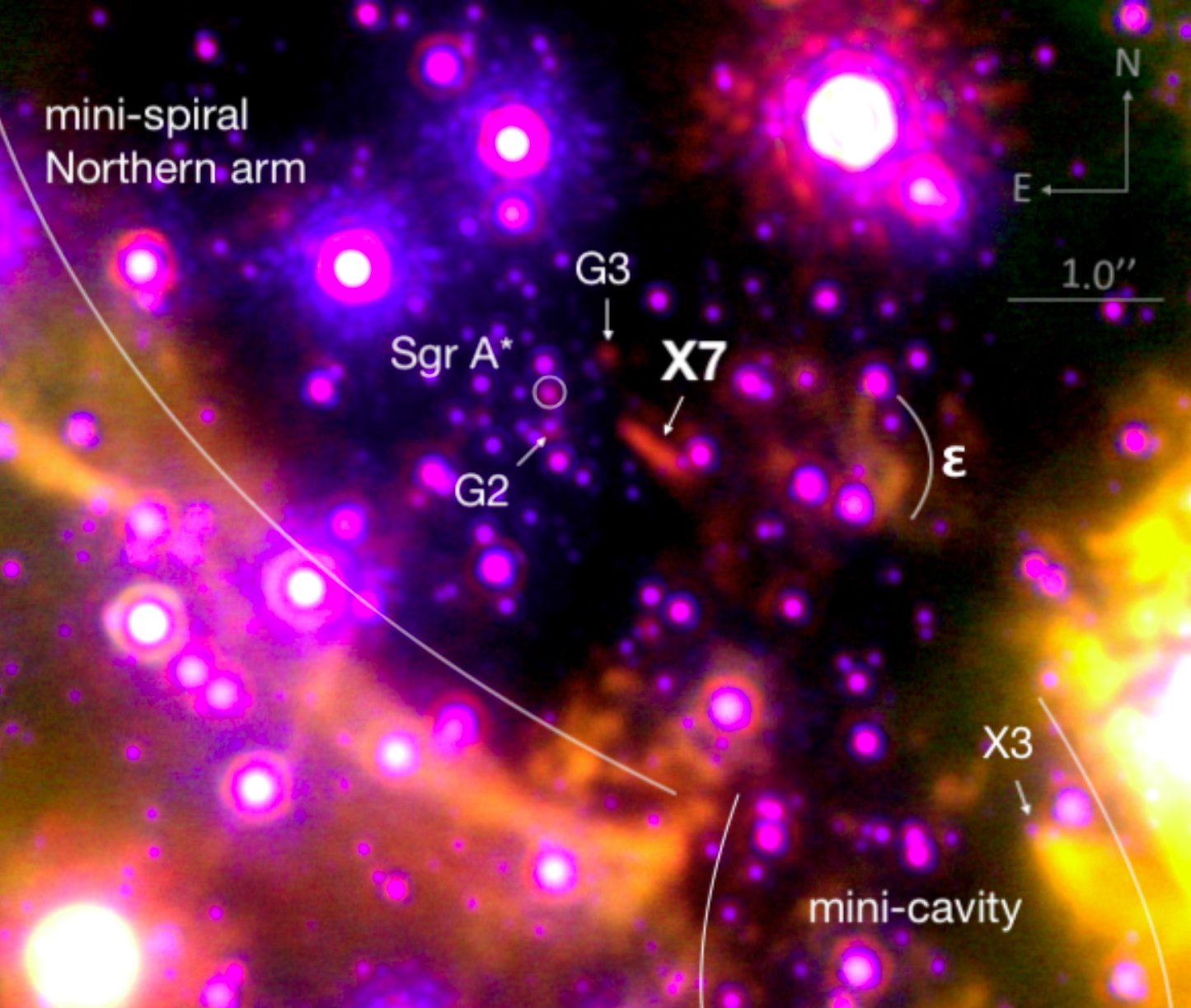
The Swansong of a Cloud Approaching the Milky Way’s Supermassive Black Hole
Maunakea, Hawaiʻi – Two decades of monitoring from W. M. Keck Observatory on Maunakea in Hawaiʻi reveals a peculiar cloud …




